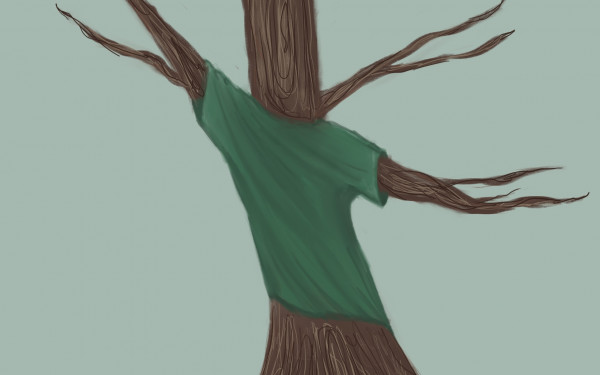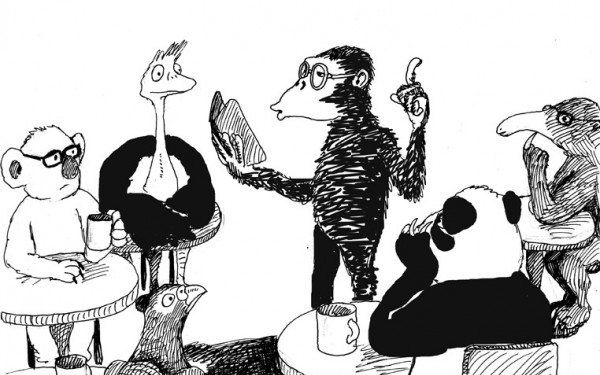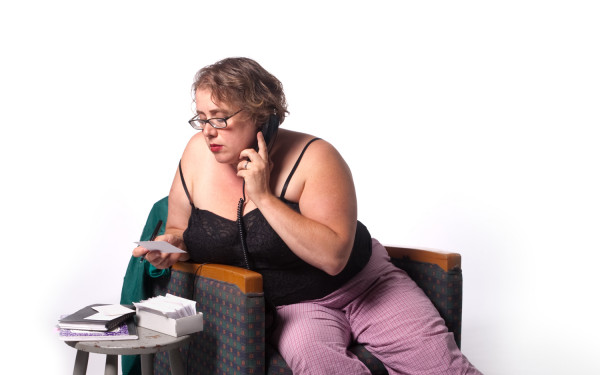Kapara Vintage Thrifting For The Environment
How to Indulge in Fashion Without Hurting the Environment or Your Wallet
Through March 1 to 3, the thrift boutique Kapara Vintage is making a stop in Montreal for a pop-up shop to eliminate fast fashion.
Based in Saint-Jean-sur-Richelieu, the boutique aims to give old worn-out objects a new life, and also strives to spread public awareness about the current state of the environment.
“The benefit of thrift stores is that firstly, the clothes are cheaper and there’s a bigger variety so you can create your own unique style,” said Mia Kalille, founder of Kapara Vintage.
This weekend’s pop-up allowed Montrealers to participate in the initiative, by bringing in a massive selection of clothes from their warehouse to the temporary store.
Kapara Vintage also has their own online store to promote easy access to second-hand shopping. They released their online store before the boutique in Quebec to give access to those who want to shop, but aren’t nearby.
“So we decided to come to them for the weekend,”said Kalille. “It promotes Kapara because there’s some people who don’t necessarily know who we are
Montreal’s thrift scene is boundless and bourgeoning. Stores like Eva B Vintage, Cul-de-sac, and Renaissance on St. Laurent Blvd. have made their mark on Montreal’s second-hand concession scene, which seems to be growing in recent years.
_900_600_90.jpg)
“Another benefit is that you feel less guilty to shop more since it’s much better for our planet,” said Kalille.
According to the United Nations, the fashion industry contributes to almost 10 per cent of global greenhouse gas emissions due to its energy intensive production.
Chunjian An, an assistant professor in the Department of Building, Civil, and Environmental Engineering at Concordia University, focuses his studies on pollution control, risk assessment and environmental systems analysis.
“A large amount of water and energy is consumed and greenhouse gases are emitted in the production of clothes,” said An. “For example, pesticides are used in the growing of cotton and they can be released into the surrounding soil and water.”
“In the dyeing process, pollutants can also be discharged into the river. Such substances can have negative impacts on the ecosystem and human health,” he continued.
An stressed that if greenhouse gas emissions aren’t reduced then it could increase the earth’s average temperature, causing “more frequent extreme weather events and rising sea level are all potential risks.”
Both Kalille and An gave examples of ways to cut down on clothes consumption. An opts to buy less clothing and recycle the clothing already on-hand.
“Buy local and stop buying from bigger stores of fast-fashion like Forever 21, H&M, Mango,” said Kalille.

_900_601_90.jpg)
_600_832_s.png)




